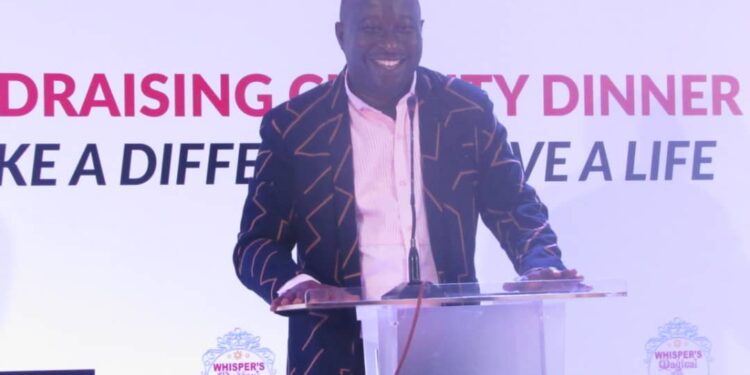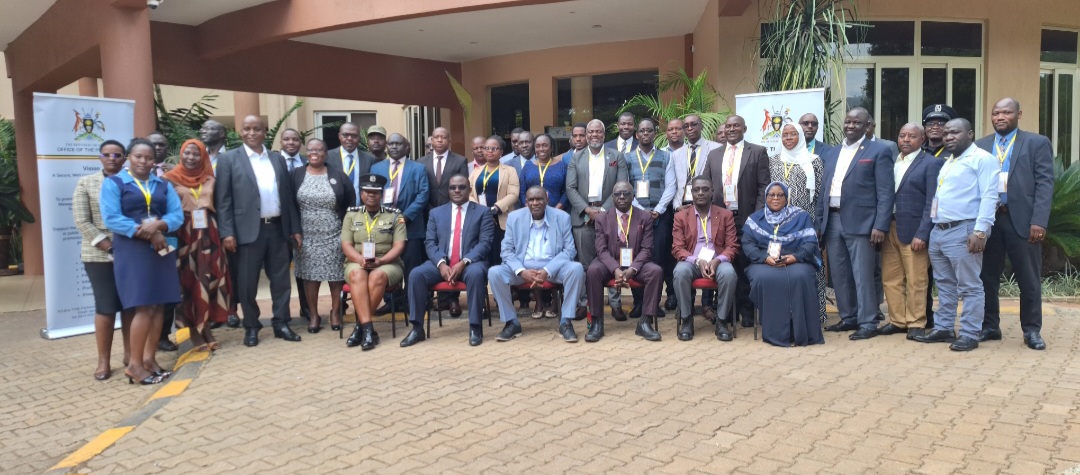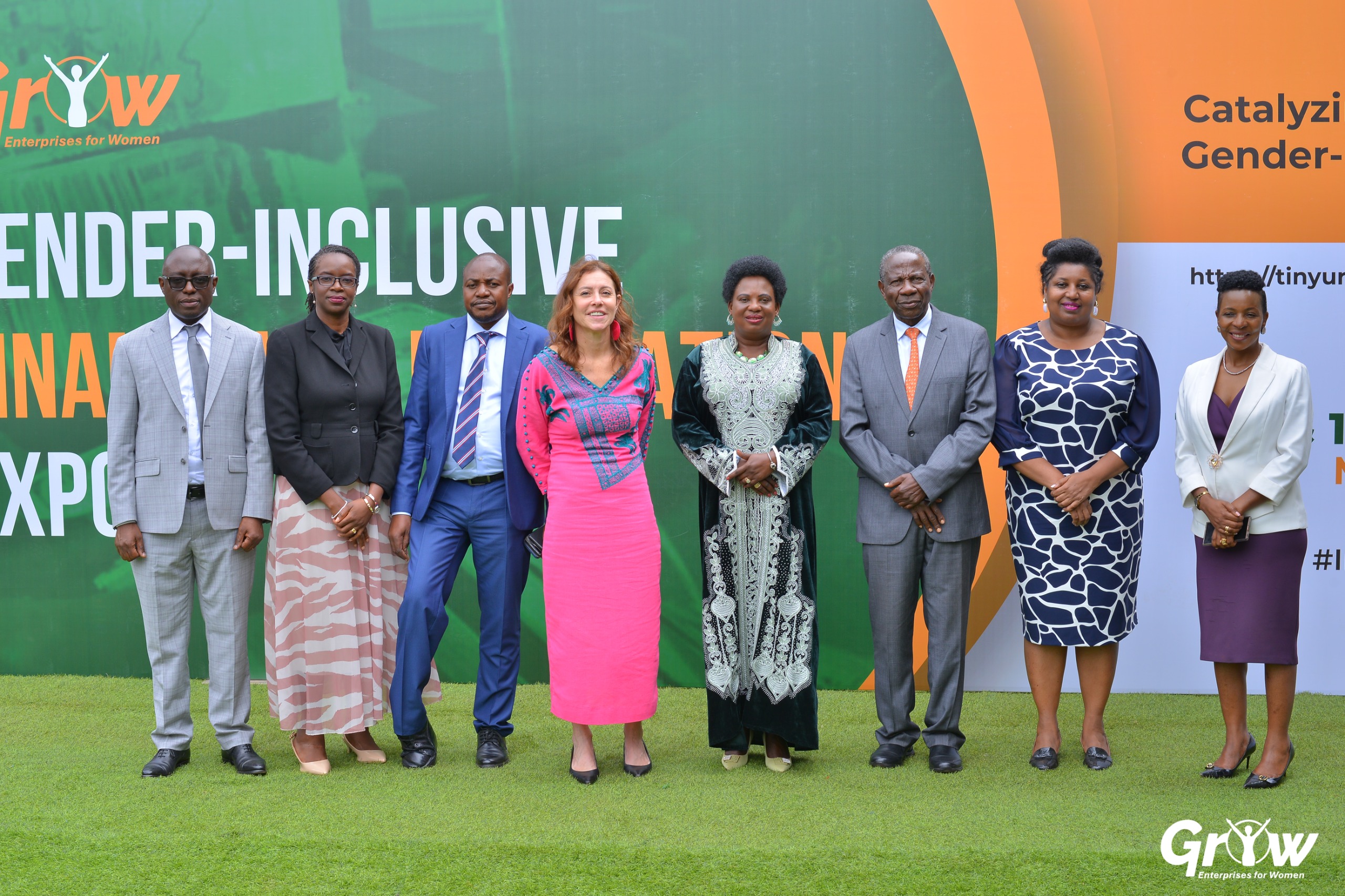Following a social media blitz under hashtag UgandaHealthExhibition, this website is highlighting realities of the improvements in the country’s health sector. Whereas it is true it is not yet uhuru for the first world health sector, this column will highlight the transformations Uganda’s health sector has undertaken over the last years to ensure health care is in reach of the last mile users.
At the time of independence, Uganda had 27 hospitals and 1,288 staff for a population of 7 million. After independence another 22 new rural hospitals were built throughout Uganda, bringing the total number of hospitals to 49. We now have a total of 71 Public Hospitals under the Ministry of Health.
Hospitals
Uganda has four Specialised Hospitals, five National Referral Hospitals, sixteen Regional Referral Hospitals and forty-six General Hospitals.
By 2018, there were 6,937 health facilities in Uganda; 3,133 (45%) public, 2,976 (40%) private for profit with over 90% in Greater Metropolitan Kampala, and 1,008 (15%) Private-not-for profit. Access to health facilities has increased from 75% of the population within a 5km reach to a health facility in 2005 to 92% in 2020.
With the budgetary allocation, the following infrastructure developments have been undertaken in the recent: Rehabilitation, expansion and equipping of nine hospitals as well as renovation and expansion of 26 Health Centre IVs and IIIs which included 10 Theatres / 16 Maternity Wards and Water Supply including 40,000 Litre Reservoir for 26 was completed by June 2017.
Mulago Specialised Women’s and Neonatal Hospital
Among the new notable health infrastructure projects include; the Construction and equipment of 450 Bed Specialised Women & Neonatal hospital at Mulago which was completed and commissioned in October 2018.
Mulago NRH rehabilitation and equipping is at 92%, and the construction of Kawempe and Kiruddu Hospitals were completed in 2018 and have been designated as National Referral Hospitals to decongest Mulago.
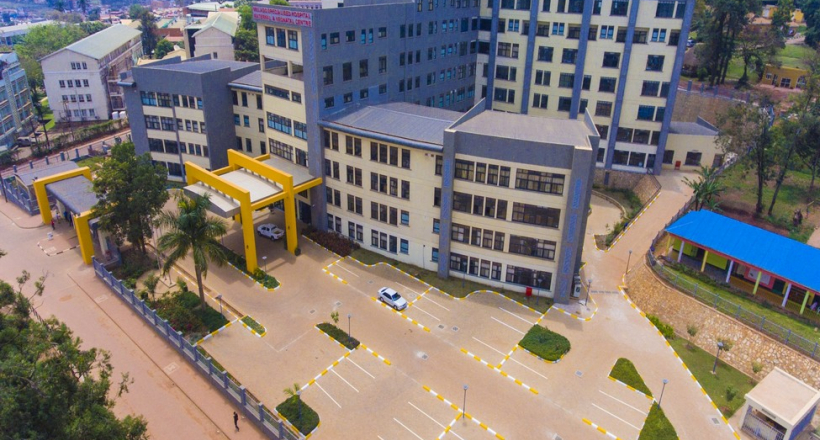
KAWOLO, KAYUNGA AND YUMBE HOSPITALS WERE ALL RENOVATED AND EQUIPPED
Rehabilitation, expansion and equipping of Kawolo, Kayunga and Yumbe General hospitals was completed and they were commissioned. These are state of art projects – where users are indeed cognisant of the relief they have impacted on their regions.
Kayunga and Yumbe GHs have been upgraded to Regional Referral Hospitals. Major rehabilitation of Gombe general hospital is ongoing.
Entebbe, Mulago and Mbarara Isolation Units were completed and this has increased the country’s capacity to handle contagious disease outbreaks.
CHILDREN’S SURGICAL HOSPITAL IN ENTEBBE
The Children’s Surgical Hospital in Entebbe was completed and commissioned. It provides free paediatric surgery to children aged one month to 14 years from Uganda and neighbouring countries.
LABORATORY DEVELOPMENT
The Ministry of Health has undertaken laboratory infrastructure improvement in Mbarara, Mbale and Arua Regional Referral Hospitals and have been equipped to strengthen communicable and non-communicable disease diagnosis.
CT SCANS AND MRI SCANS
Government has procured CT Scans for fourteen RRHs and an MRI machine and have been installed for use. Mbarara RRH and Butabika National Mental Referral Hospital have newly acquired and functional MRI Scans.
With support from the Government of Japan we have undertaken infrastructure upgrade and equipping in seven Regional Referral Hospitals, and three of these have been commissioned. Three hundred and thirty-one Health Centre IIs have been upgraded to HC IIIs since 2018 in line with the policy of a HC III per sub-county.
NEW NMS MEDICINES WAREHOUSE AT KAJANSI
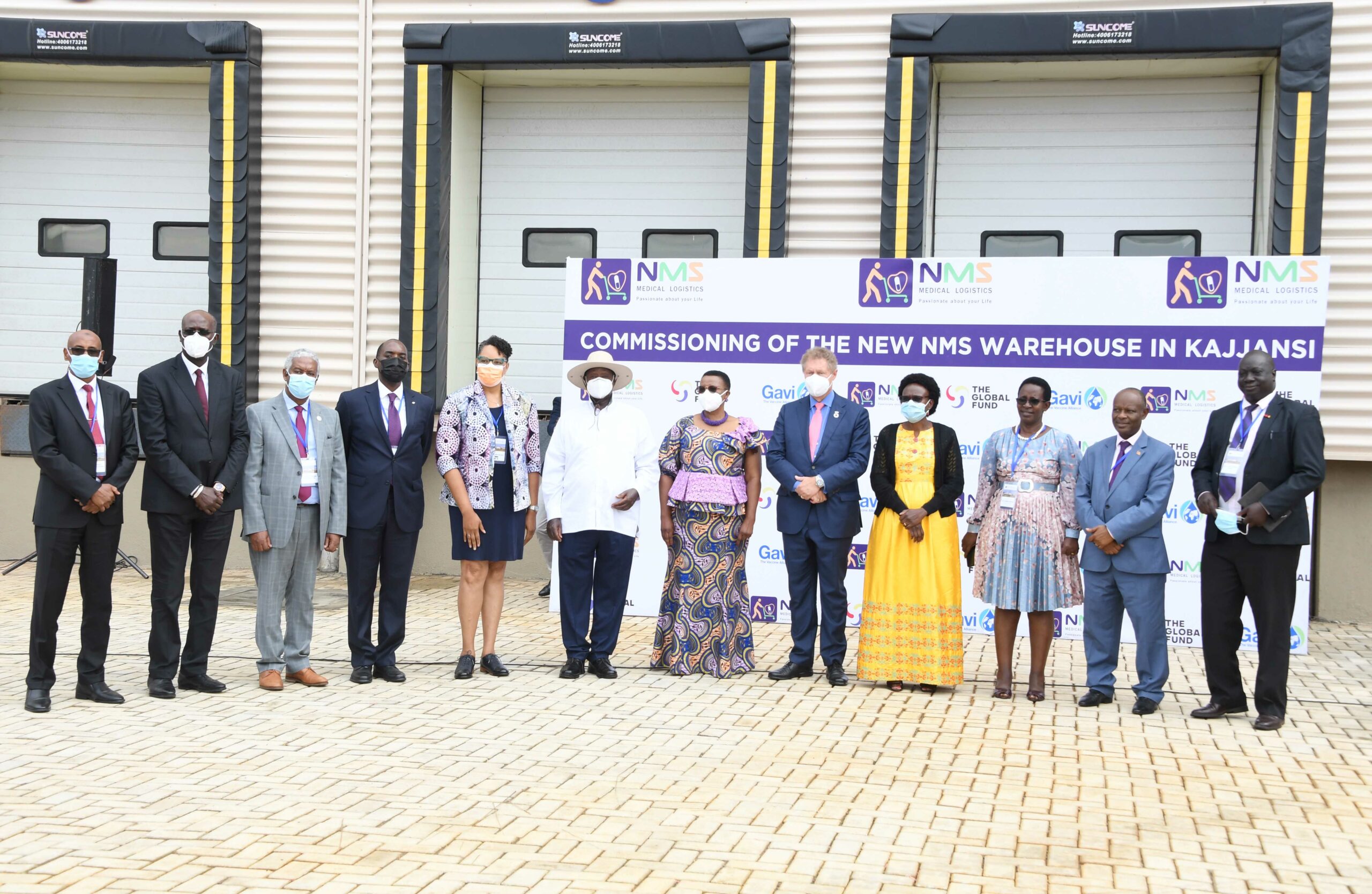
Last year, a new 30,000 pallet-position state of the art medicines warehouse was completed and commissioned by H.E President Museveni. The warehouse is meant to improve medicine procurement, storage and distribution processes.
REGIONAL BLOOD BANKS
Construction of Soroti, Hoima and Arua Blood Banks is on which will increase the number from the current six regional blood banks to nine, hence increasing access to life saving blood needed by patients.
OXYGEN PLANTS
As part of the COVID-19 response the country has been able to increase the oxygen supply capacity to hospitals. Medical Oxygen production plants have been enhanced in all National, RRHs and NMS. A total of 10,000 Oxygen cylinders were distributed to hospitals across the country. There has been an increased ICU bed capacity in the National and Regional Referral Hospitals from 43 to 186. To functionalise the ICUs, the Ministry of Health trained 401 critical care nurses.
Expansion and upgrading Hospitals goes hand in hand with expansion of other necessities like beds, mattresses and furniture. 8,027 hospital beds and mattresses as well as assorted equipment were distributed country wide. Delivery beds (normal and for disabled mothers) were also distributed to sixty five hospitals and one hundred and sixty seven HC IVs.
STAFF HOUSING AND ACCOMMODATION
New health facilities are staffed with residential health workers by committing to building 2-bedroomed units for the critical cadres to ensure full coverage of service delivery. Hard to reach health facilities have been given special attention to allow health workers to have a conducive working environment. Twenty six semi-detached staff houses were constructed and completed in 2018 in fifteen districts and 68 semi-detached staff houses have been constructed in Karamoja region. A number of staff houses have been constructed in Mulago NRH, Butabika NMRH, Moroto, Masaka, Mbarara (16 Units) Gulu, Mbale, Soroti (24 Units) and Lira RRHs.
There is a lot to be done to make Uganda’s health sector robust and modernised – however – there has been a leap in investment in this sector. It is easy to bury one’s head in the sand and deny that nothing has been done. The facts on the ground – say otherwise. Uganda’s health sector is growing stronger – by day.
Next, we shall exhibit the transformations in Uganda’s disease prevention through improved water and sanitation services.
Share Uganda’s positive Health experiences with us; via editorial@watchdoguganda.com
Do you have a story in your community or an opinion to share with us: Email us at editorial@watchdoguganda.com

